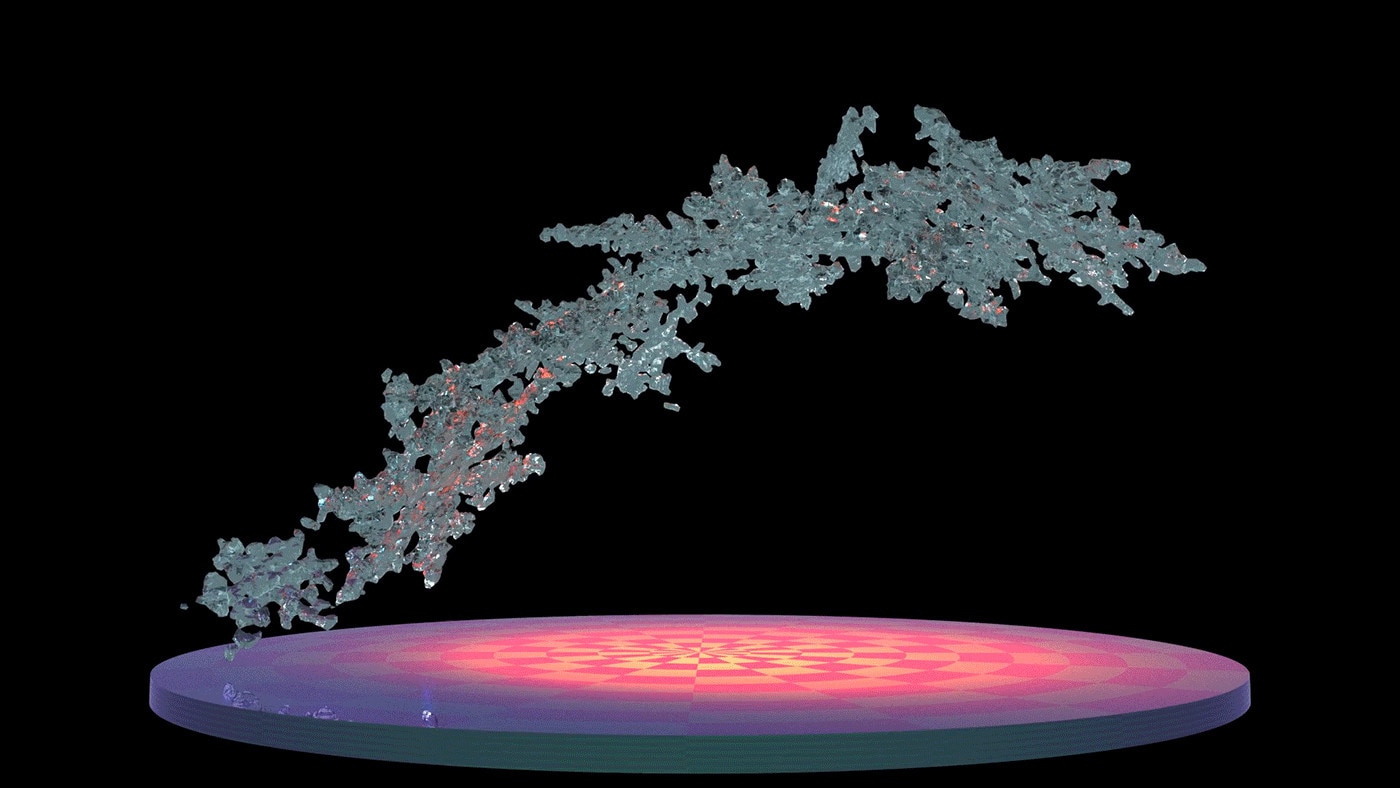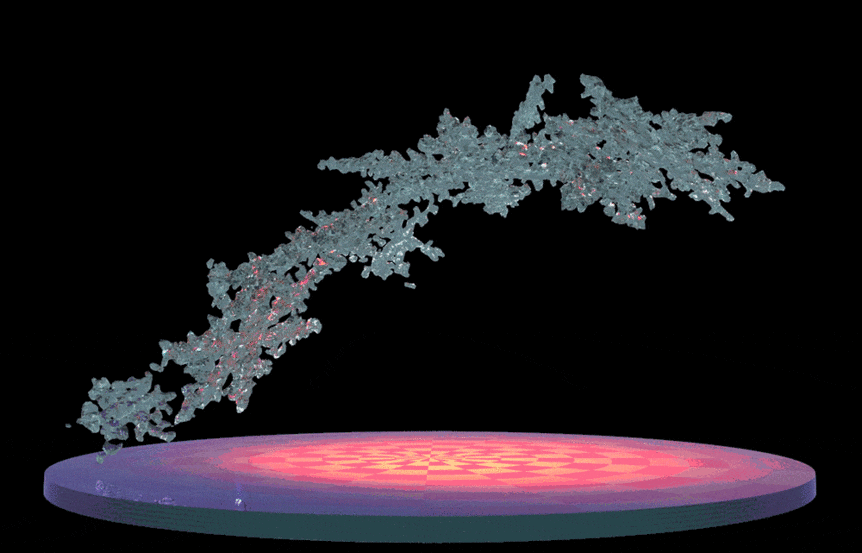Create a free profile to get unlimited access to exclusive videos, sweepstakes, and more!
How to melt a snowflake

One of the most fascinating aspects of nature to me is that seemingly simple processes are actually fantastically complicated. You may have an intuitive grasp of how, say, a fluid flows, but the scientific formulae you need to understand it are fiercely complex, and incredibly difficult to solve.
That can be a problem when you're trying to predict the weather. Our atmosphere is a fluid (which is really anything that flows, so gas counts too), and the equations dealing with its movement are ridiculous. Even when you simplify things a lot it's still hard, and there are so many factors that go into air movement that it's almost impossible to predict specific conditions in specific areas too far in the future.
One thing that helps is to break it down into pieces, and understand each one as well as possible. That removes a little bit of uncertainty, easing the calculation. One scientist, Jussi Leinonen of NASA's Jet Propulsion Laboratory, has done just that: He's been able to use scientific equations of the physics of water to better understand something we see all the time: snowflakes melting.
This is a really complex phenomenon, because a lot of different physics is involved. The crystal structure of the ice in a snowflake is important, for example, but as the ice melts and becomes water other factors come into play, like surface tension and flow. The physics of this can be modeled using equations that can be solved by computer, and Leinonen's work makes three-dimensional models of snowflakes of different sizes, densities, and structures, and predicts how water will form on them and how it behaves as they melt.
What he found is that water will tend to pool first where the snowflake structure has a concavity, a dip. That makes sense! Then, as more melts, the water droplets start to envelop the flake, and different drops across the flake will merge, encapsulating the flake as it melts completely. He also found that a pristine snowflake will get water more along the surface, but that changes if the flake is rimed — if teeny droplets of water much smaller than the flake collide with and stick to it. The rime can be porous, absorbing the water. They can also act like welds, strengthening the snowflake and preventing it from falling apart as rapidly when it melts*. And the good news is that his predictions appear to compare favorably with observations, so that inspires some confidence this is working.
As mundane as this all might sound, it's actually very important. Rain can start off as snowflakes in a cloud high in the atmosphere, where it's cold. As the flake grows, gets heavier, and falls, it reaches warmer air, where it melts. This region of the cloud is very reflective to radar, so it appears bright in those maps, but the details of this region aren't well understood. These models may make that easier. Also, for example, it can help distinguish between different types of snow, since they melt differently. I used to live in northern Virginia, where we'd get icy rain and slushy snow every winter, and it would take down trees, bushes, and power lines. Being able to predict that better would be a huge benefit and could save a lot of misery and money. Maybe even lives.
I love this aspect of science. Our entire lives are guided by underlying physics we don't think about but which shape our activities on a profound level. Something might sound simple, or even banal, but when you start to examine it more closely you'll learn a lesson every scientist knows: There is no such thing as mundane science. Reality is a tapestry, with every piece paying its role, and there is no bit of knowledge so small that it doesn't serve a much greater whole.
* I was familiar with rime; the coating you can see on trees, grass, and such things after a freezing fog. But reading this paper use the word as a verb — which makes perfect sense — made me think about the process of it, which I hadn't given much thought to. Funny how the way we use words can guide the thought process.















